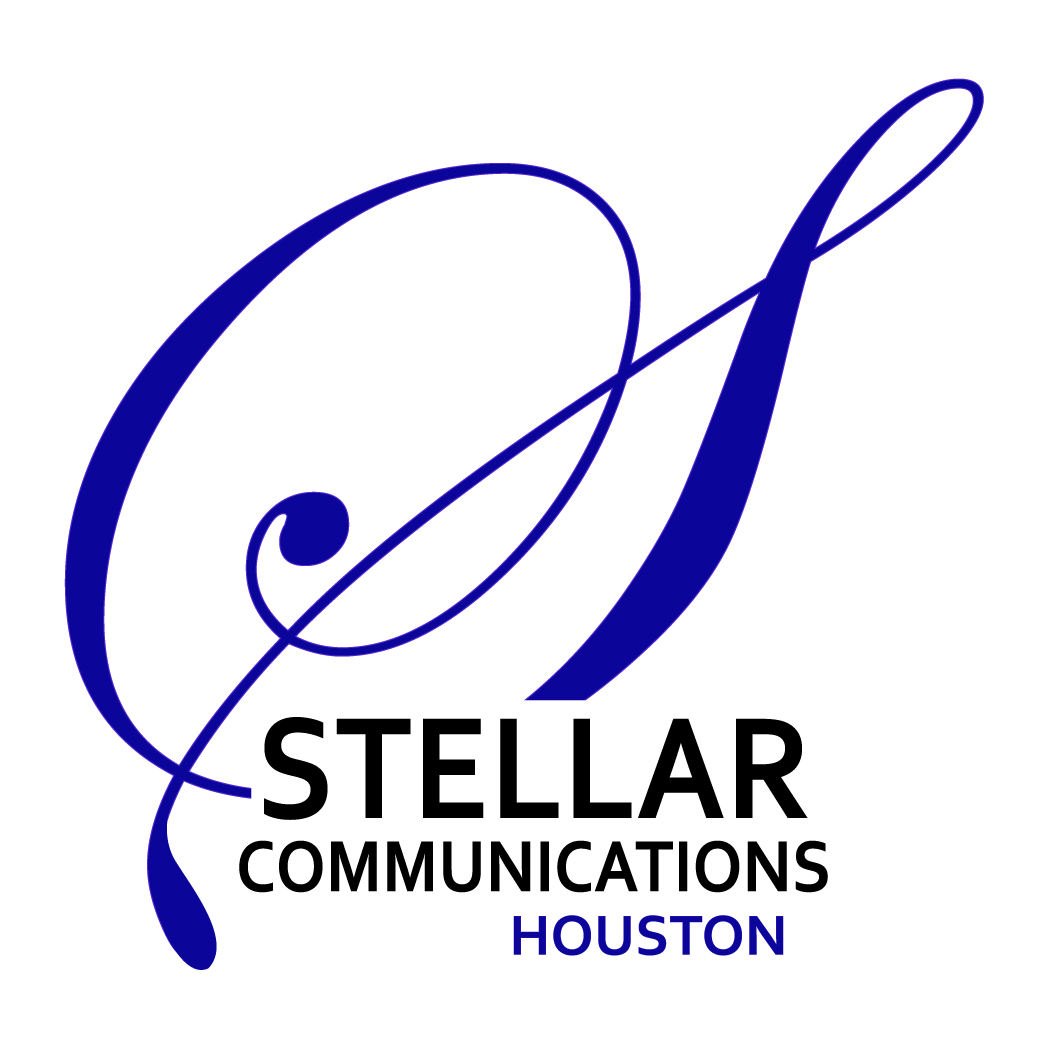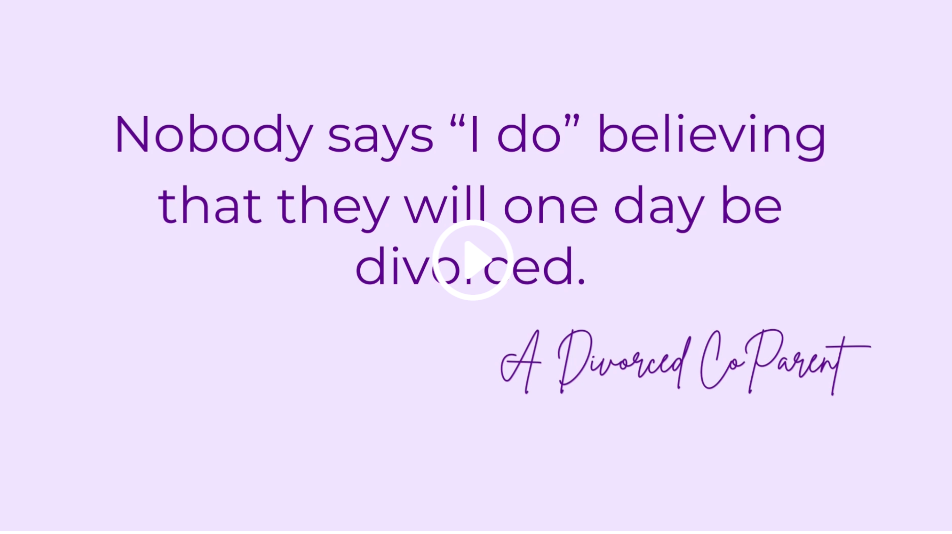If you own a Roomba, then you already know what it’s like to work with artificial intelligence.
My robot vacuum, Max, is a breeze – with just a few conditions. Sometimes I have to wrestle a bathroom rug from its mouth. Other times, I need to catch it before it goes missing under the bed. And I make sure it never ever again discovers the dog’s mess before I do.
AI is similar. It’s useful if I clear obstacles from its path and set tight boundaries. It works best under a close eye.
So I thought I’d see how AI could help us make book trailers. Our team tested ChatGPT for two of our authors.
Here’s how it went – plus a look at the results. Our case study will appear in an upcoming issue of Independent Book Publishers Association Magazine.
Step 1: Creative Briefing
We kicked off the project by reviewing our creative briefs and indulging in a few film trailers for inspiration. The goal was to create 30- to 90-second book trailers for Darlene Taylor’s co-parenting survival guide, It’s Not About Us, and Joe Crisara’s home service sales playbook, What Should We Do?
We rounded up the authors’ images, paperbacks, and audiobook narration. Their trailers were an opportunity to connect them with readers and build their credibility. We wanted to capture Darlene’s warmth and humor and Joe’s relatability and transformation, qualities that set apart the authors and their stories.

Darlene Taylor and Joe Crisara narrating their audiobooks at their recording studios.
Step 2: Storyboarding
With our purpose in mind and materials in hand, we turned to ChatGPT to test various prompts and book excerpts to see what yielded the best script.
We tested lengths, including 30-, 45-, 60-, and 90-second prompts. The shorter lengths produced scripts that sounded too sales-y. The longer scripts included some of the differentiating details that make the authors special. We also tested excerpts, including the front matter, back matter, back cover copy, and Amazon description.
Several iterations later, we settled on the prompt and excerpt that produced our favorite results: “Create a 90-second script for a nonfiction book trailer based on the following excerpt.” For both authors, we provided the Preface and Chapter 1 because the two parts formed complementary overviews of their stories.
ChatGPT generated scripts of 400 to 850 words, complete with narration, suggestions for visual scenes, and calls to action at the end. The scripts followed story arcs that began with the readers’ problems, transitioned to the authors and their books as solutions, and concluded with invitations to a better future.
Step 3: Editing
The structure of the scripts was impressive, but there were a couple of problems.
One problem was that some of the phrasing in the scripts differed from the book excerpts. ChatGPT suggested a third-person perspective rather than the first-person narration in the books. But we wanted to use the authors’ audiobook narrations without sending them back to the studio and driving up costs.
Another problem was the length. Although the 90-second prompt best conveyed the essence of their stories, it produced much longer trailers in reality. We wanted to keep the paces brisk and make room for opening and closing shots.
A few hours later, we settled on the final scripts. The phrasings were revised to match the audiobook narrations, and the lengths were trimmed to no more than 280 words.
Step 4: Designing
It was time to bring the scripts to life audibly and visually. We invested most of our book trailer budgets into this step.
Stock videos reflected the authors’ journeys, and personal photos added personal touches. Music was matched to the tone of each author, and endorsements and retailers were inserted.
After much review and revision, we finally sat back, satisfied that the trailers represented our authors well.
Step 5: Marketing
Book trailers are a great addition to the authors’ book marketing campaigns. We share the trailers across social media platforms, add them to their websites, and include them in press kits. It’s an evergreen product that can grab the attention of Darlene’s and Joe’s audiences.
Conclusion
AI is useful in supporting book publishing and marketing efforts, including in the making of book trailers.
Of the five-step book trailer process, ChatGPT was most useful in step 2: storyboarding. A carefully crafted prompt that defines the genre, format, length, and content generated a solid structure for a book trailer script. It outlined a story arc and inspired ideas for visual scenes.
ChatGPT provided a great starting point, but we still relied heavily on our team’s creativity and intuition. We set the vision, defined the project parameters, and tested various prompts for the best results. We also spent significant time designing and editing the material to shape the final product.
Maybe one day soon, we’ll feel comfortable enough to trust AI with more of our book trailer process. New solutions are emerging, such as Pictory, a tool that assembles visual frames for a book trailer using a book description as text. Human oversight is still required, but a colleague says it cuts down the person-hours considerably.
For now, we’re grateful for ChatGPT’s storyboarding support, and we’ll keep our hands on each step to convey the heart of our clients’ stories!
Watch the two book trailers
Watch the trailer for What Should We Do? by Joe Crisara.


